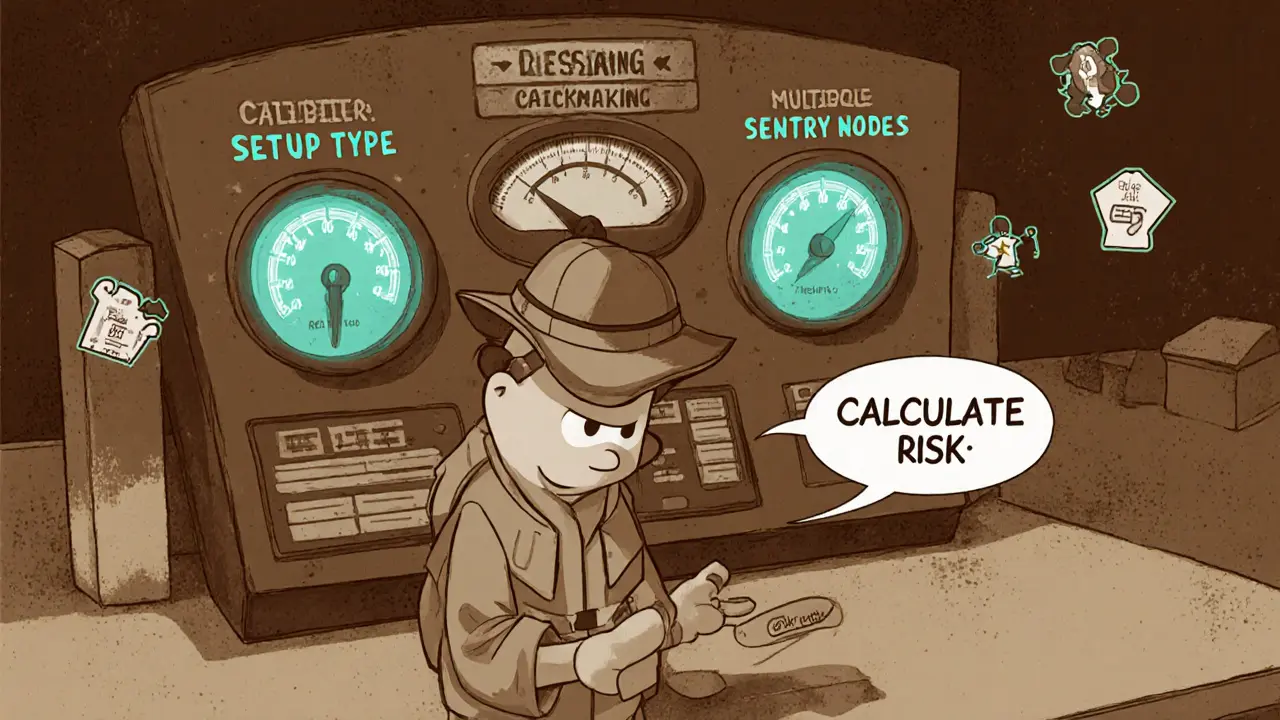Proof of Stake Explained – The Basics and Beyond
When working with Proof of Stake, a consensus mechanism that picks block creators based on the amount of cryptocurrency they lock up as a security deposit. Also known as PoS, it replaces energy‑intensive mining with staking. In simple terms, you deposit tokens, the network trusts you, and you get a chance to add new blocks. The more you stake, the higher the probability of being selected, which translates into staking rewards paid in the same asset. This reward model creates a direct link between holding and earning, encouraging long‑term participation instead of short‑term speculation.
Key Players and Extensions of Proof of Stake
The engine behind any PoS chain is the Validator, the node that proposes and attests to new blocks after locking up the required stake. Validators must maintain uptime, run secure software, and sometimes bond additional collateral to stay in good standing. Ethereum 2.0, the major upgrade that migrated Ethereum from proof‑of‑work to PoS showcases the model at scale: over 400,000 validators secure a network worth trillions, proving that PoS can handle massive throughput while slashing energy use dramatically. Another evolution is Liquid staking, a service that issues a derivative token representing your staked assets, letting you earn rewards and still trade or use the token elsewhere. This bridges the gap between earning passive income and maintaining liquidity for DeFi activities.
All these pieces—validators, Ethereum 2.0, liquid staking, and the reward distribution logic—form a connected ecosystem where Proof of Stake fuels security, incentives, and flexibility. Understanding how each component fits helps you decide whether to stake directly, use a liquid staking provider, or explore emerging PoS projects. Below you’ll find articles that break down stablecoin volatility, cross‑chain bridges, airdrop guides, risk management, and more—all tied back to the PoS landscape. Dive in to see practical examples, compare platforms, and get actionable tips for maximizing your staking returns.
Understanding Consensus Mechanisms in Blockchain: Types, Benefits, and How They Work
by Johnathan DeCovic Oct 14 2025 10 CryptocurrencyA clear guide to blockchain consensus mechanisms, covering PoW, PoS, DPoS, and more, plus how to pick the right one for security, speed, or regulatory needs.
READ MOREHow to Minimize Restaking Slashing Risks in Proof‑of‑Stake
by Johnathan DeCovic Aug 10 2025 17 CryptocurrencyLearn how restaking can boost slashing exposure and discover practical steps-technical safeguards, monitoring, and institutional controls-to keep your stake safe.
READ MORE

